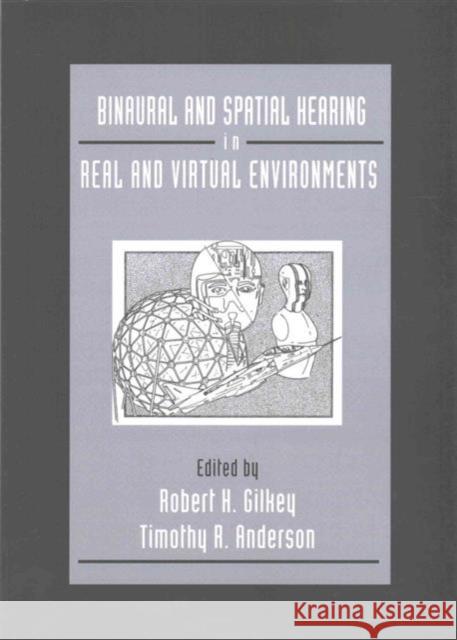Binaural and Spatial Hearing in Real and Virtual Environments » książka
topmenu
Binaural and Spatial Hearing in Real and Virtual Environments
ISBN-13: 9781138987852 / Angielski / Miękka / 2015 / 836 str.
Binaural and Spatial Hearing in Real and Virtual Environments
ISBN-13: 9781138987852 / Angielski / Miękka / 2015 / 836 str.
cena 244,34
(netto: 232,70 VAT: 5%)
Najniższa cena z 30 dni: 236,70
(netto: 232,70 VAT: 5%)
Najniższa cena z 30 dni: 236,70
Termin realizacji zamówienia:
ok. 22 dni roboczych.
ok. 22 dni roboczych.
Darmowa dostawa!
Kategorie:
Kategorie BISAC:
Wydawca:
Taylor and Francis
Język:
Angielski
ISBN-13:
9781138987852
Rok wydania:
2015
Ilość stron:
836
Oprawa:
Miękka
Wolumenów:
01











